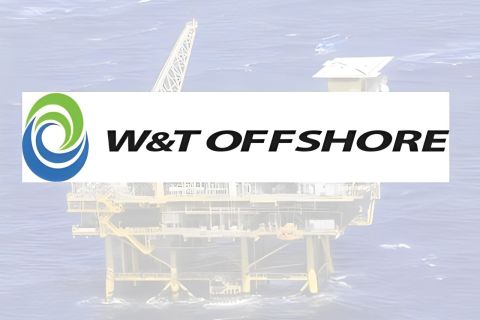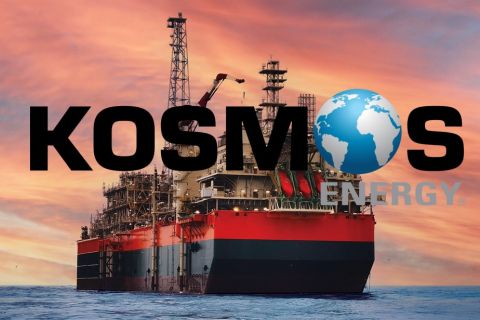Investors know a good thing when they see it and the best thing appearing on their screens right now are master limited partnerships (MLPs). Sluggish growth and federal policy have kept interest rates historically low for years. What’s an investor—in particular one needing income—to do?
MLPs appear to be the answer, particularly for individuals with money to put in the market. And why not?
The Alerian MLP Index sported an annualized return of 28.4% at the end of the first half of 2013 with a dividend yield of 5.7%. That’s well above other investment benchmarks such as the S&P 500, Dow Jones Industrial Average and typical real estate investment trust results. Furthermore, MLP distributions continue to rise, according to Wells Fargo Securities.
What’s not to like?
First off, they can get complicated. Remember: The federal government is involved in the whole concept of limited partnerships versus conventional corporations.
The Wall Street Journal featured a major story recently, “The Dark Side of Higher Yields,” that highlights the potential pitfalls awaiting unwary investors looking up at those juicy yields and ignoring the rocks and holes in the path below. There are personal income tax considerations, plus MLPs have attracted so much money so quickly that they may not be the bargain they once were.
The story cautions that “even bullish analysts are worrying that the risk has begun rising among MLPs as money pours in, driving up valuations and pushing down the quality of some offerings.”
The advantages and disadvantages of MLPs are of particular interest in the midstream since they have become the dominant organizational structure.
To help investors and managers monitor what’s happening, we’ve invited Mary Lyman, executive director of the MLP trade group, the National Association of Publicly Traded Partnerships, to contribute to this and future issues of Midstream Business.
No one knows the MLP world better than she does, and we look forward to her observations. We featured Lyman in an Executive Q&A earlier this year and found her insights to be of particular value.
Separately, Chris Sheehan, our senior financial editor, explores MLP growth potential in the continuing dropdown of corporate assets into related partnerships and how these asset reallocations are changing the midstream landscape.
The landscape, indeed, is changing. The big shale plays have scrambled North America’s existing infrastructure, and that has created significant challenges for some major midstream players. John Harpole, our senior midstream advisor and an editorial advisory board member to Midstream Business, adds to his usual Closing Bell feature with a thorough look at the challenges some pipelines face right now as a result.
And how many shale plays have had a bigger midstream impact than the Eagle Ford?
Not many. We asked Associate Editor Michelle Thompson to reprise her award-winning cover story from last year on the Eagle Ford. Things are still lively in South Texas.
There’s more: Our subscribers receive a special Hart Energy supplement this month, Riding The Rails, that takes an in-depth look at the rapid growth of crude by rail in the midstream.
Overall, I think you’ll find this one of our more diverse and thought-provoking issues, much like Hart Energy’s DUG Eagle Ford conference, set to return this month to San Antonio. I’ll be there, along with several thousand others who find North America’s oil and gas business a fascinating topic. I hope you can join us.
Recommended Reading
Will the Ends Justify the Means for W&T Offshore?
2024-03-11 - After several acquisitions toward the end of 2023, W&T Offshore executives say the offshore E&P is poised for a bounce-back year in 2024.
In Shooting for the Stars, Kosmos’ Production Soars
2024-02-28 - Kosmos Energy’s fourth quarter continued the operational success seen in its third quarter earnings 2023 report.
TechnipFMC Eyes $30B in Subsea Orders by 2025
2024-02-23 - TechnipFMC is capitalizing on an industry shift in spending to offshore projects from land projects.
Kimmeridge Fast Forwards on SilverBow with Takeover Bid
2024-03-13 - Investment firm Kimmeridge Energy Management, which first asked for additional SilverBow Resources board seats, has followed up with a buyout offer. A deal would make a nearly 1 Bcfe/d Eagle Ford pureplay.
Laredo Oil Subsidiary, Erehwon Enter Into Drilling Agreement with Texakoma
2024-03-14 - The agreement with Lustre Oil and Erehwon Oil & Gas would allow Texakoma to participate in the development of 7,375 net acres of mineral rights in Valley County, Montana.





